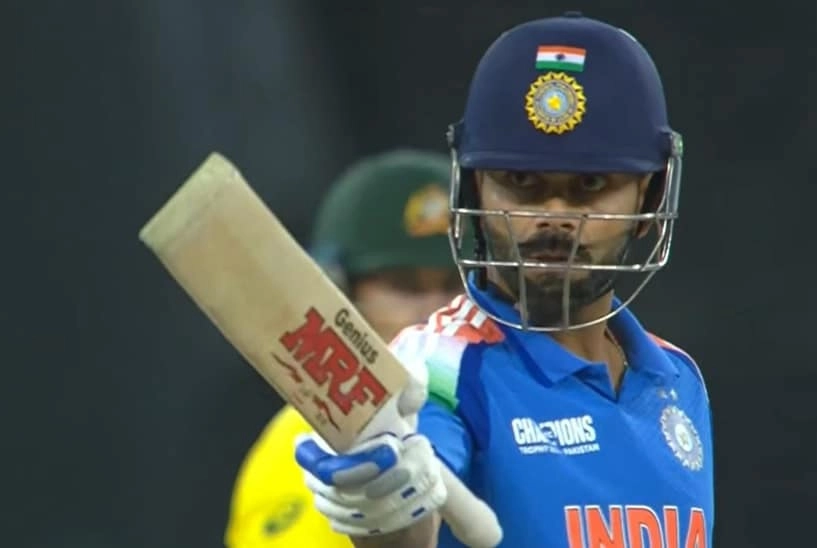In a recent discussion surrounding the performance and selection strategies of the Punjab Kings (PBKS) in the Indian Premier League (IPL), former cricketer and analyst expressed his bewilderment over the team’s decision-making, particularly in the context of their bowling lineup. The spotlight was on Yuzvendra Chahal, a seasoned spinner known for his wicket-taking abilities and experience in high-pressure situations. The ex-star raised an intriguing question: “Is Chahal really a better bowler than Vipraj?” This statement has sparked conversations among fans and cricket analysts alike, as it challenges the conventional wisdom surrounding player selection based on statistics and past performances.
Chahal has garnered a reputation as one of the most effective spinners in the league, with a track record that includes multiple match-winning performances. However, the former player pointed out that the PBKS’s strategy might be overlooking the potential of Vipraj, a relatively newer talent. While Vipraj may not have the same level of experience as Chahal, he possesses unique skills that could be advantageous in certain match situations. The debate over who is the superior bowler raises important questions about how teams assess talent and the criteria they use for player selection.
Furthermore, the discussion highlights a broader issue in the IPL: the balance between experience and potential. Teams often find themselves in a dilemma when deciding whether to rely on established players who have proven themselves over the years or to take a chance on emerging talent who may bring fresh energy and innovation to the game. The former cricketer’s comments suggest that PBKS might be missing an opportunity to harness the strengths of a player like Vipraj, whose different bowling style could complement the team’s overall strategy more effectively than Chahal’s traditional approach.
As the IPL progresses, it will be fascinating to observe how PBKS navigates these choices and whether they can strike the right balance between seasoned professionals and promising newcomers. The discussion also serves as a reminder of the evolving nature of cricket, where adaptability and strategic thinking can often make the difference between success and failure. Ultimately, the question of whether Chahal is indeed a better bowler than Vipraj may not have a definitive answer, but it certainly opens the floor for a more profound examination of player selection strategies in the dynamic world of competitive cricket.




